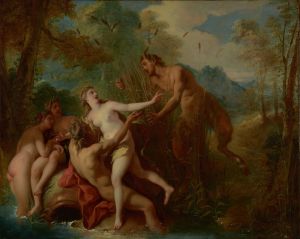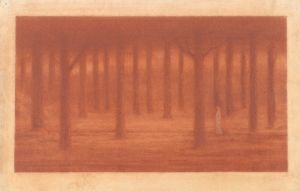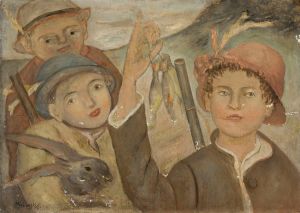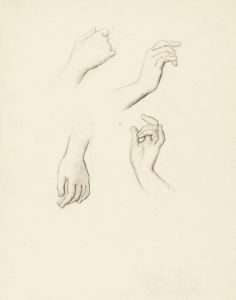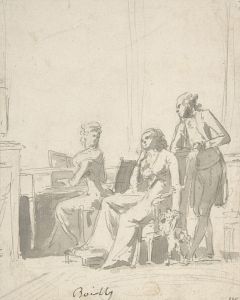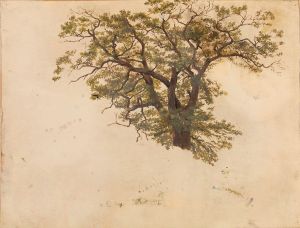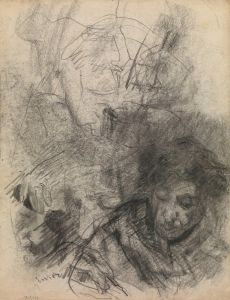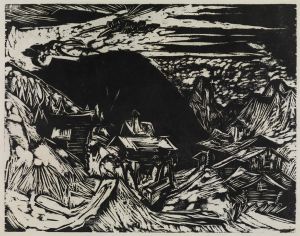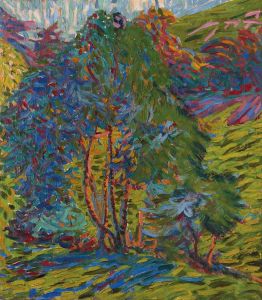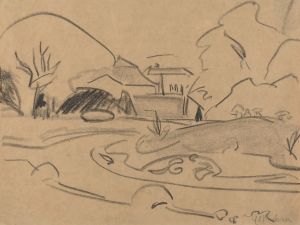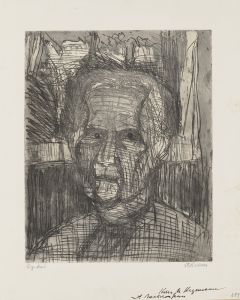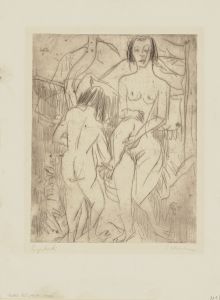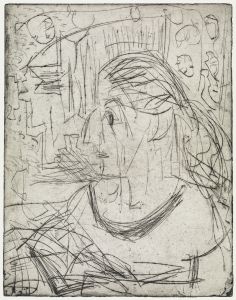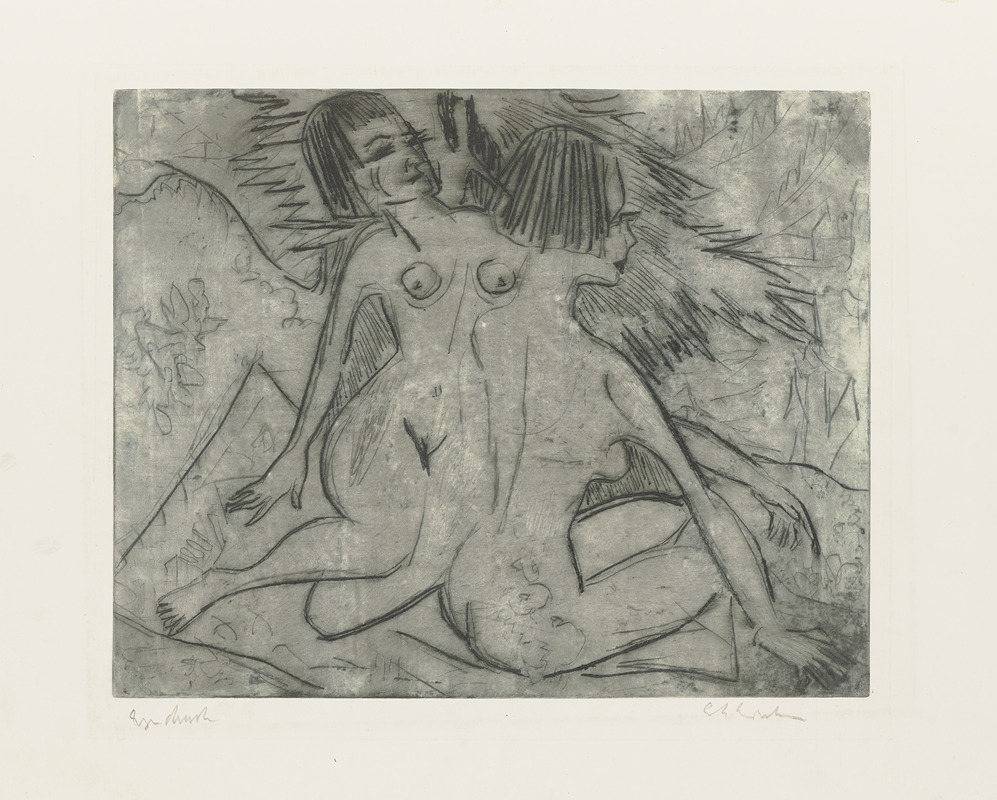
Zwei nackte Frauen am Waldrand
A hand-painted replica of Ernst Ludwig Kirchner’s masterpiece Zwei nackte Frauen am Waldrand, meticulously crafted by professional artists to capture the true essence of the original. Each piece is created with museum-quality canvas and rare mineral pigments, carefully painted by experienced artists with delicate brushstrokes and rich, layered colors to perfectly recreate the texture of the original artwork. Unlike machine-printed reproductions, this hand-painted version brings the painting to life, infused with the artist’s emotions and skill in every stroke. Whether for personal collection or home decoration, it instantly elevates the artistic atmosphere of any space.
Ernst Ludwig Kirchner's painting Zwei nackte Frauen am Waldrand (Two Naked Women at the Forest Edge) is a work by the German Expressionist artist, created during the early 20th century. Kirchner, a founding member of the influential art group Die Brücke (The Bridge), was known for his bold use of color, dynamic compositions, and exploration of the human form in natural settings. This painting reflects many of the key themes and stylistic elements that defined his work during this period.
The artwork depicts two nude women positioned at the edge of a forest, a recurring motif in Kirchner's oeuvre. The natural setting, combined with the figures' nudity, emphasizes a connection to nature and a sense of liberation, which were central ideas for the Die Brücke group. The group sought to break away from traditional academic art and embraced a more primal, emotional, and unfiltered approach to creativity. Kirchner's use of vibrant, non-naturalistic colors and expressive brushstrokes in this painting exemplifies the Expressionist movement's focus on conveying inner emotions rather than adhering to realistic representation.
The forest setting in Zwei nackte Frauen am Waldrand is significant, as it reflects Kirchner's interest in the harmony between humans and nature. During this time, he and other members of Die Brücke often retreated to rural areas to escape the constraints of modern urban life and to find inspiration in the simplicity and vitality of the natural world. These retreats also provided opportunities for the artists to experiment with plein air painting and to explore themes of freedom and sensuality.
Kirchner's portrayal of the female nude in this painting aligns with his broader artistic exploration of the human body as a subject of both aesthetic and symbolic importance. The figures are rendered with a sense of immediacy and rawness, emphasizing their physicality while also suggesting a deeper emotional or spiritual connection to their surroundings. This approach reflects Kirchner's interest in non-Western art forms, particularly African and Oceanic art, which he admired for their perceived authenticity and directness.
The exact date of creation for Zwei nackte Frauen am Waldrand is not definitively documented, but it is consistent with Kirchner's works from the 1910s, a period when he was actively developing his Expressionist style. The painting is notable for its dynamic composition and the interplay between the figures and their environment, which creates a sense of movement and vitality.
As with many of Kirchner's works, Zwei nackte Frauen am Waldrand has been the subject of scholarly interest and is considered an important example of his contribution to modern art. The painting is held in a private collection or museum, though specific details about its current location or provenance may not be widely available.





